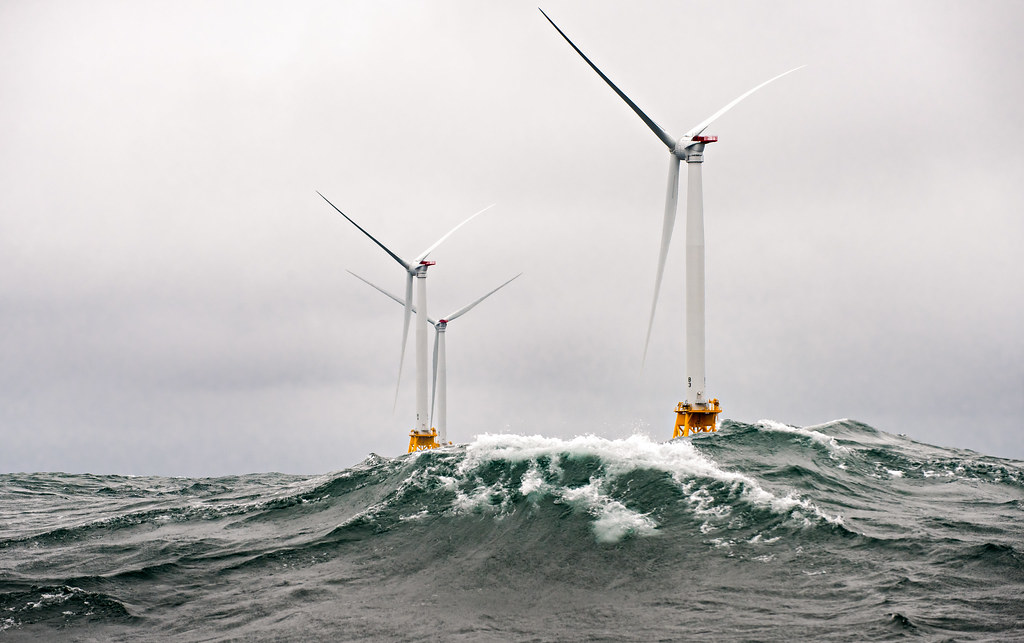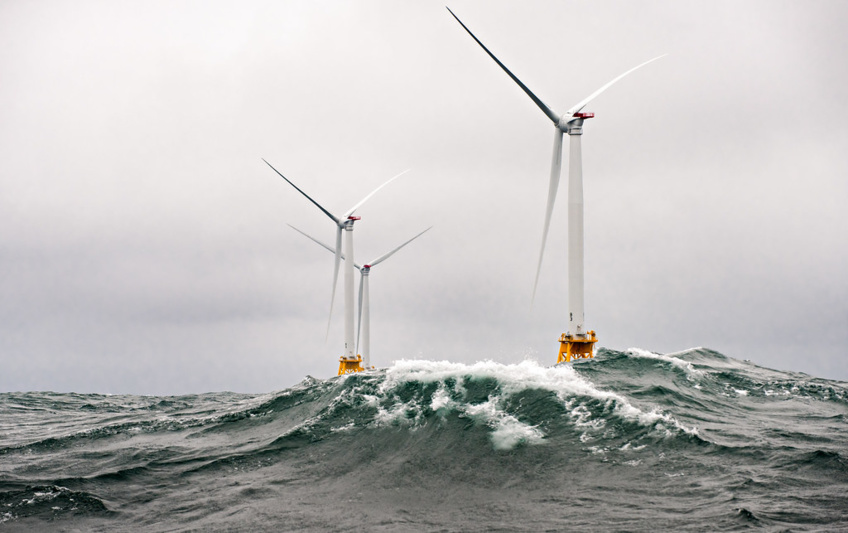During Edison International's visit to Dubai for the COP28 climate summit, a noteworthy experience was exploring the expansive Mohammed bin Rashid Al Maktoum Solar Park situated outside Dubai. This solar facility, with a planned capacity of 5,000 megawatts, stands as the world's largest single solar power facility. Upon completion in 2030, it is anticipated to eliminate 6½ million tons of carbon emissions annually.
Remarkably, just eleven years into the project's initiation, it has already achieved half of its solar power generation objective, exemplifying a successful public-private partnership. In contrast, the United States faces challenges with prolonged timelines, often taking 10 to 12 years or more to construct a new transmission line due to inefficient permitting regulations. The recent approval of substantial incentives for clean energy projects by the federal government raises concerns about potential bottlenecks hindering the clean energy transition.
Edison International's President and CEO, Pedro Pizarro, emphasized the need for tangible outcomes in siting and permitting reform, asserting that these investments must swiftly translate into actual infrastructure development. This issue extends beyond the U.S., as global CEOs touring the solar facility at COP28 voiced similar frustrations in a CEO roundtable.
At the climate summit, Edison International, along with over 25 global utilities, pledged to triple global renewable energy capacity by 2030 and achieve net-zero greenhouse gas emissions by 2050. Reformation of cumbersome siting and permitting regulations is deemed essential in meeting these ambitious clean energy goals.
Edison Energy, another participant at COP28, is actively advising some of the world's largest corporate entities on science-based sustainability improvements, particularly focusing on supply chain reforms. While COP28 discussions primarily centered around the role of fossil fuels in the clean energy future, Pizarro and other industry leaders deliberated on the merits of a "phase down" or "phase out" approach for fossil fuels. Pizarro noted that, for California, despite the ongoing need for fossil fuels in 2045 to align with the state's climate goals, the use of negative carbon technologies, such as carbon capture and offsets, is expected to address the emissions from these remaining fossil fuels.
“Doing this in a way that ensures reliability and resiliency is critical, so that’s why at least through 2045, it’s a phase down. Beyond that, probably it’s an eventually phase out as technologies mature,” said Pizarro.
Among the innovative technologies on the rise are offshore wind turbines, advanced geothermal solutions, hydrogen, and electricity generated through compact, advanced nuclear reactors known for enhanced safety and reduced waste production.
During the summit, the United States and 21 other nations committed to tripling their nuclear energy capacity by 2050, a commitment hailed by U.S. Presidential Climate Envoy John Kerry as a vital cornerstone in the journey toward achieving net-zero emissions.
“We are agnostic about which technologies will prove to be most successful, however, we know that we will need all the tools in the toolbox,” said Pizarro.
Remarkably, just eleven years into the project's initiation, it has already achieved half of its solar power generation objective, exemplifying a successful public-private partnership. In contrast, the United States faces challenges with prolonged timelines, often taking 10 to 12 years or more to construct a new transmission line due to inefficient permitting regulations. The recent approval of substantial incentives for clean energy projects by the federal government raises concerns about potential bottlenecks hindering the clean energy transition.
Edison International's President and CEO, Pedro Pizarro, emphasized the need for tangible outcomes in siting and permitting reform, asserting that these investments must swiftly translate into actual infrastructure development. This issue extends beyond the U.S., as global CEOs touring the solar facility at COP28 voiced similar frustrations in a CEO roundtable.
At the climate summit, Edison International, along with over 25 global utilities, pledged to triple global renewable energy capacity by 2030 and achieve net-zero greenhouse gas emissions by 2050. Reformation of cumbersome siting and permitting regulations is deemed essential in meeting these ambitious clean energy goals.
Edison Energy, another participant at COP28, is actively advising some of the world's largest corporate entities on science-based sustainability improvements, particularly focusing on supply chain reforms. While COP28 discussions primarily centered around the role of fossil fuels in the clean energy future, Pizarro and other industry leaders deliberated on the merits of a "phase down" or "phase out" approach for fossil fuels. Pizarro noted that, for California, despite the ongoing need for fossil fuels in 2045 to align with the state's climate goals, the use of negative carbon technologies, such as carbon capture and offsets, is expected to address the emissions from these remaining fossil fuels.
“Doing this in a way that ensures reliability and resiliency is critical, so that’s why at least through 2045, it’s a phase down. Beyond that, probably it’s an eventually phase out as technologies mature,” said Pizarro.
Among the innovative technologies on the rise are offshore wind turbines, advanced geothermal solutions, hydrogen, and electricity generated through compact, advanced nuclear reactors known for enhanced safety and reduced waste production.
During the summit, the United States and 21 other nations committed to tripling their nuclear energy capacity by 2050, a commitment hailed by U.S. Presidential Climate Envoy John Kerry as a vital cornerstone in the journey toward achieving net-zero emissions.
“We are agnostic about which technologies will prove to be most successful, however, we know that we will need all the tools in the toolbox,” said Pizarro.


 Innovative Energy Technologies: Offshore Wind, Advanced Geothermal, and the Pledge to Triple Nuclear Capacity by 2050
Innovative Energy Technologies: Offshore Wind, Advanced Geothermal, and the Pledge to Triple Nuclear Capacity by 2050





 Companies
Companies